EASILY ENTERTAINED
retailers involvement on our shopping habits
By Kelly Richardson
retailers involvement on our shopping habits
By Kelly RichardsonResearch on shopping as a form of entertainment and the strategies that retailers abide to which keep comsumers entertained along with the negative implications these tactics leave.
causes overuse of finite resources and mass amounts of waste
causes time and money to be wasted
tactics retailers use to take advantage of the public
leads to emotional guilt, addictions, and compulsive buying
shopping as a form of entertainment
mental health, stress, bordom, etc


50%
96%
spend more than an hour each day looking at retail sites
out of those millennials

70%
45% MEN WOMEN
consider shopping a form of entertainment


95%
admit they participate in some form of retail therapy

more than a third of adults and teens said shopping made them feel better than working out
the average American spends about $1,652 per year on purchases just to cheer themselves up
TOP REASONS FOR RESORTING TO PURCHASE-BASED THERAPY
relief from anxiety boredom
44% 43%
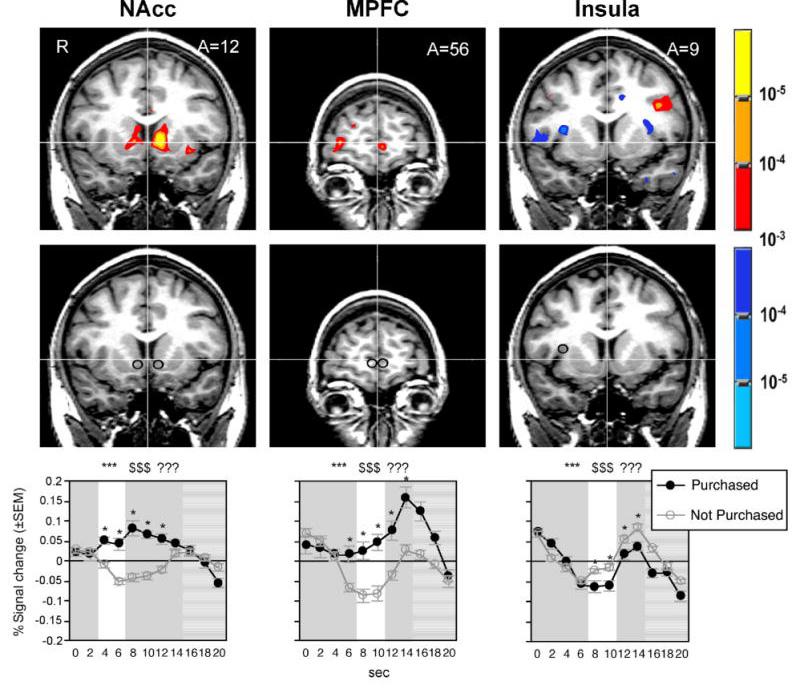
busy schedule workrelated stress partner/ spouse issues
38%
In 2007 a team of researchers from Stanford, MIT, and Carnegie Mellon measured the activity of test subject’s brains, with the use of fMRI technology, as they made shopping decisions. The results show that the pleasure center of the brain, nucleus ambens, lit up when seeing an object the person liked and wanted to purchase. When it came to seeing the price, the medial prefrontal cortex weighed the decision, and the insula - the pain processor - reacted to the cost.
Deciding whether to buy put the brain, as the study put it, in a ”hedonic competition between the immediate pleasure of acquisition and an equally immediate pain of paying.” The mindset is in line with evidence that shows happiness in shopping comes from the pursuit, from wanting something.
301
8.5 the average woman makes trips to the store annually spending close to hours a year shopping that equals years spent during a typical lifespan
400
$4,717
On average, an American between the ages of 18-65 has of credit card debt
American women own an average of
$550 of unworn clothes
40% of Americans admit that they feel guilty after engaging in retail therapy
If the consumer buys a product at the original price early in the season they might experience when it goes on sale later.
“high price regret”
But waiting can lead to if the product sells out before it goes on sale.
“availability regret”
We are currently overusing Earth’s natural resources by more than

70%

If everyone on earth lived like the average American we would need

5.2 PLANETS TO SUPPORT US
70 MILLION TONS
of trees are cut down each year to supply the fashion industry’s demand for synthetic materials like rayon and viscose.
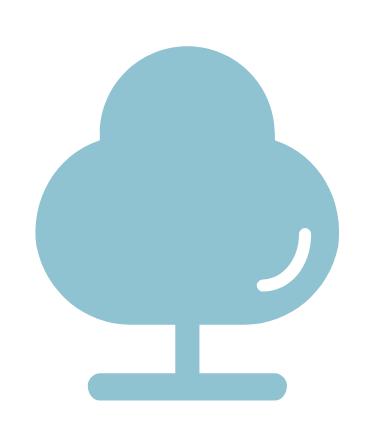
92 MILLION TONS
of clothing end up in landfills each year
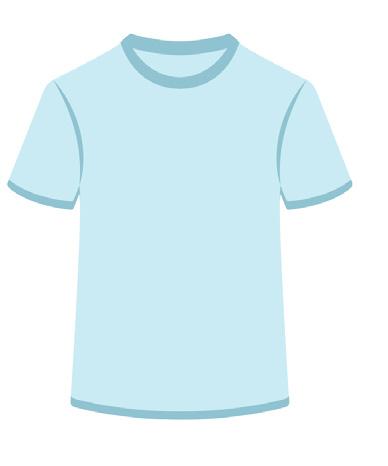
5.0 BILLION POUNDS
of returned goods from retailers are dumped into landfills every year even if the items are still perfectly usable.
33%

of retailers cited “targeting and personalization” among their top three tactical priorities for the year ahead, higher than for any other marketing tactic
Retailers like IKEA are using strategies to get people in the store, stay as long as possible, spend more money, and repeat the process.
THE GRUEN EFFECT. The more beautiful the displays and surroundings, the longer consumers are will want to stay in a shop. The more time shoppers spend in a store, the more they will spend.
Sigmund Freud’s Theory
human behavior is influenced by unconscious memories, thoughts, and urges. Using his theory in todays marketing tactics would be portraying products as symbolds of satisfaction for our unconscious desires and fantasies.
THE PEAK-END RULE. A cognitive bias that changes the way individuals recall past events and memories. Individuals judge a past experience based on the emotional peaks felt throughout the experience and the end of the experience.
40% of consumers today will pick a mall to visit primarily based on the restaurants located there
customers who eat at the mall will then spend an additional
35 min on average, browsing stores than the person who doesn’t eat there
SUNK COST FALLACY. The phenomenon whereby a person is reluctant to abandon a strategy or course of action because they have invested heavily in it, even when it is clear that abandonment would be more beneficial.
TEMPORAL DISTORTION. Changing a person’s perception of time.
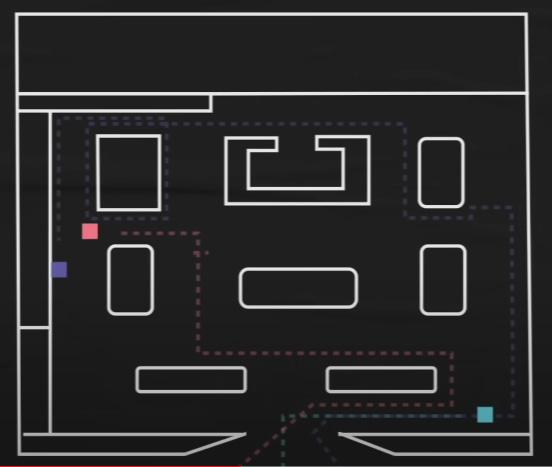

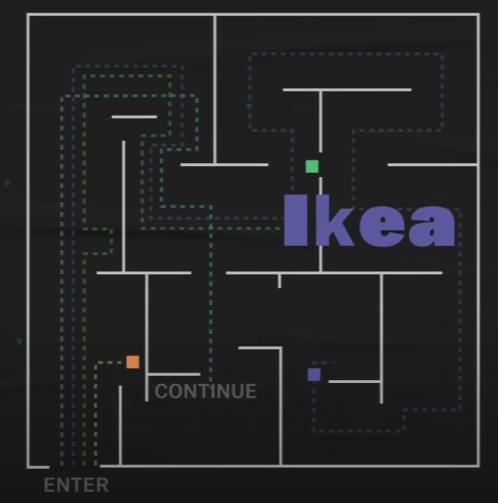
Fixed path design created to walk you through ALL of their product display as opposed to regular stores where only 33% of items are seen by customers
Intentionally confusing routes leading you to wander
Rotation of interesting displays that keep up with trends
Restaurants with smells & food to create sense of happiness, bins with cheap things
establishing conformity pressure create a fear of missing out prey on customers
playing on customers insecurities
• shopping temporarily cures boredom, stress, axiety
• economic growth
• jobs
• waste time and money
• feel guilty
• causes addictions
• mass landfill waste
• overusing earths resources
• awareness of retail tactics
• budget
• shop 2nd-hand
• get mental health help
• recycle unused items
• fast fashion practices
• retail tactics
• online ads to retail sites
• https://qz.com/359040/the-internet-and-cheap-clothes-have-made-us-sportshoppers#:~:text=%E2%80%9CHalf%20the%20men%20and%2070,flash%20sales%20 or%20coupon%20offers.%E2%80%9D
• https://www.becomingminimalist.com/shopping-statistics/
• https://www.forbes.com/sites/melissamdaniels/2017/06/20/four-out-of-five-instore-shoppers-like-hearing-music-survey-finds/?sh=16d5e2983ee1
• https://porchgroupmedia.com/blog/50-statistics-about-retail-marketing-andconsumer-shopping-trends/
• https://news.ucr.edu/articles/2018/11/19/retailers-can-manipulate-consumerregret-beat-competitors
• https://qz.com/359040/the-internet-and-cheap-clothes-have-made-us-sportshoppers#:~:text=%E2%80%9CHalf%20the%20men%20and%2070,flash%20sales%20 or%20coupon%20offers.%E2%80%9D
• https://www.theatlantic.com/health/archive/2013/01/study-wanting-thingsmakes-us-happier-than-having-them/267216/
• https://nypost.com/2017/12/06/americans-spend-1652-per-year-on-retailtherapy/
• https://thedecisionlab.com/biases/the-sunk-cost-fallacy
• https://michaelglawson.medium.com/how-sigmund-freuds-ideas-gave-rise-tothe-entire-advertising-industry-36d409eab09d
• https://swnsdigital.com/us/2019/05/americans-spend-at-least-18000-a-year-onthese-non-essential-costs/
• https://www.verywellmind.com/freudian-theory-2795845#:~:text=In%20simple%20 terms%2C%20Sigmund%20Freud’s,operates%20in%20the%20conscious%20mind.
• https://www.cnbc.com/2018/04/10/one-attraction-still-drawing-shoppers-tomalls-food.html
• https://medium.com/illumination/the-top-5-manipulative-advertising-tacticsused-by-big-business-3828361a54d1
• https://www.actenviro.com/retail-industry-wastemanagement/#:~:text=Current%20Status%20on%20Retail%20Store%20Waste%20 in%20the%20US&text=146.1%20million%20tons%20of%20the,in%20an%20 incinerator%20or%20landfill.
• https://linkretail.com/how-important-is-retail-waste-management-in-the-year2023/#:~:text=In%20the%20United%20States%20alone,packaging%20ending%20 up%20in%20landfills.
• https://theroundup.org/textile-waste-statistics/
• https://www.linkedin.com/pulse/how-our-world-would-look-retail-green-dropitshopping/?trk=organization-update-content_share-article
Design a friendly user experience in the store . Instead of designing a space that brings customers through a maze of items, simplifying the space so that customers can easily flow through the space and grab what they need.
Designing an environment that offers a form of community engagement. Encouraging the gathering of people together, in a non-consumer way, that can cultivate a bonding experience.
Encourage donating unused clothing to be recycled back into the economy in multiple ways. Designing a space that allows room for donations and encourages those to donate and shop second hand.
Design checkout stands to have more employees operating checkouts and less self-checkout stands to provide more face-to-face interaction and promote accountability of purchasing only necessary items through social interaction.
Provide more price checking scanners throughout stores to promote transparency of prices and keeping customers aware of costs of items, information about products, and any coupon codes available to save money.
Design window/front displays to have encouraging words or “riddle of the day” to establish more human connections and social interactions versus photos of models, mannequins with clothing, displaying popular/ expensive items, or sales to lure people in.